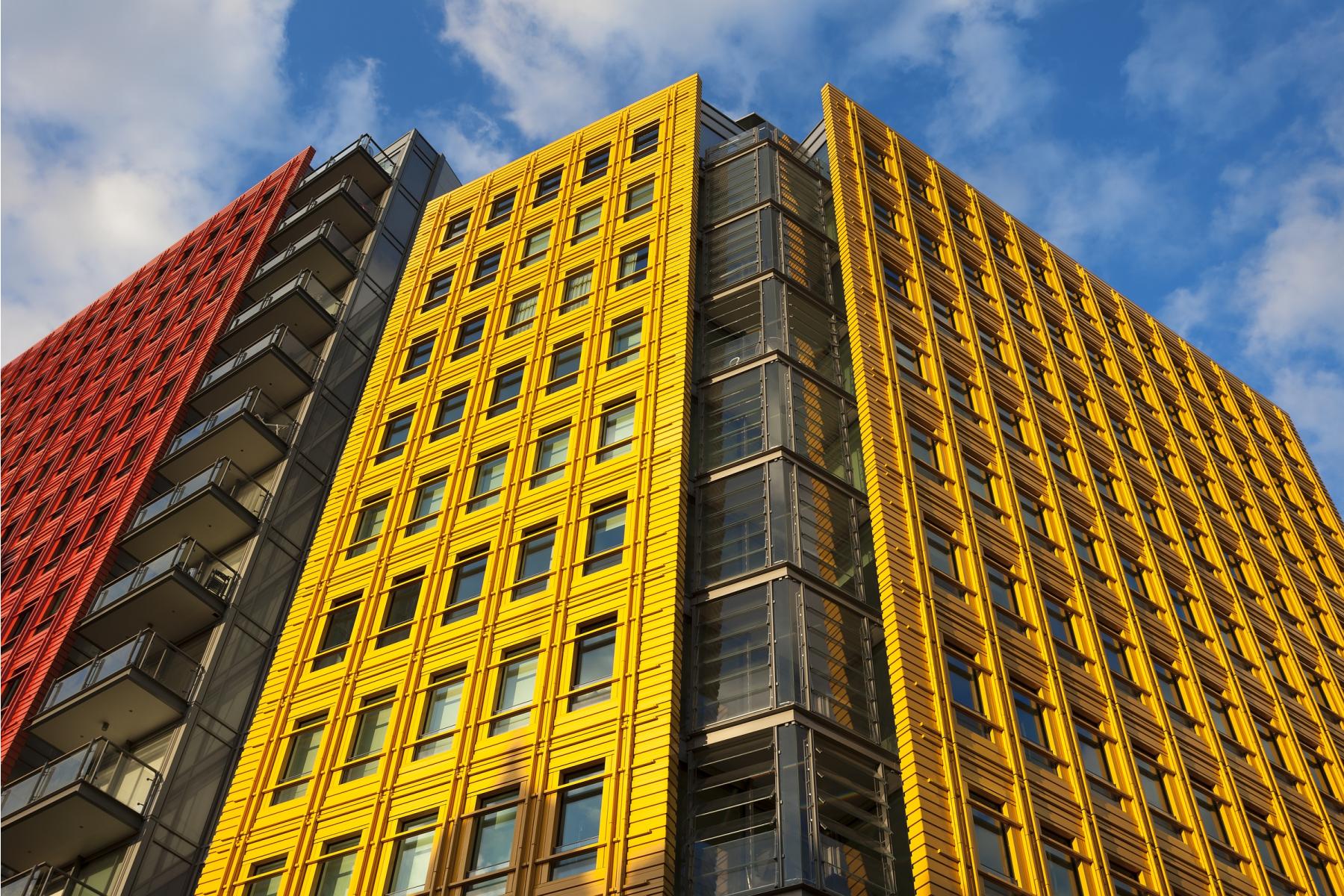Pigment Finishing – Impact on Applications
Organic and inorganic pigments are synthesized via a very specific chemical reaction of raw material chemicals under specific processing steps, temperatures, and pressures to achieve the desired chemical identity.

The result of this synthesis is considered a pigment crude. This pigment crude is the foundation of the final pigment product. Approximately 75% of the color and other technical properties including fastness (chemical, solvent, etc.), heat resistance and light/weather resistance come directly from the chemistry created during the synthesis. The remaining 25% is a result of the finishing steps used in the pigmentation process.

Although pigment manufacturers typically refer to “finishing” as a common phrase for all the steps after the chemistry synthesis, there are two distinct approaches that result in specific properties.
- Surface treatment primarily affects the ultimate dispersibility of the pigment in the formulation. Typical properties impacted by surface treatments are gloss, stability and rheology.
- Mechanical processes like drying and milling (classical finishing) affect the aggregate particle size and hardness of the aggregate. Opacity (or conversely transparency) and dispersibility are the properties that are most impacted by the mechanical finishing processes.
For each application type and sub-type, the overall scheme of finishing is selected to provide the highest possible dispersibility and performance. Some pigment chemistries like phthalocyanine blue (PB15:3) are used in all application areas – plastics, coatings, inks, and other special applications. To meet the needs of each of these applications, the finishing steps are selected as per the application requirements.
For example, in plastic applications the dispersion residence time is short, so the characteristics of the pigment are small in particle size (with a tight size distribution) and softer particle. In contrast to plastic applications, both coatings and inks applications have longer dispersions residence times but there are many more formulation types – water, solvent, UV, liquid, paste, high solids, etc. It is in these types of applications and sub-applications where the choice of surface treatment is key. The combination of the chemical process of surface treatment and the mechanical processes of drying and milling result in the optimized product for that specific application.
It should be noted that just because a pigment product is developed for a specific application or sub-application, it does not mean that the subject pigment will not work in another application. It will work but it will just have different properties and those different properties might be just the properties that the formulator is looking for.
It is the pigment manufacturer’s responsibility to make sure that the customer has the right pigment product for their application regardless of which application the pigment was developed for. If not, the formulator may be missing out. It will always be a balancing act to match the ‘pigment chemistry’ and ‘finishing’ with the application chemistry and process.
Having a clear understanding of the formulators “MUSTs, WANTs, and NICE TO HAVEs” is key to creating a successful formulation.